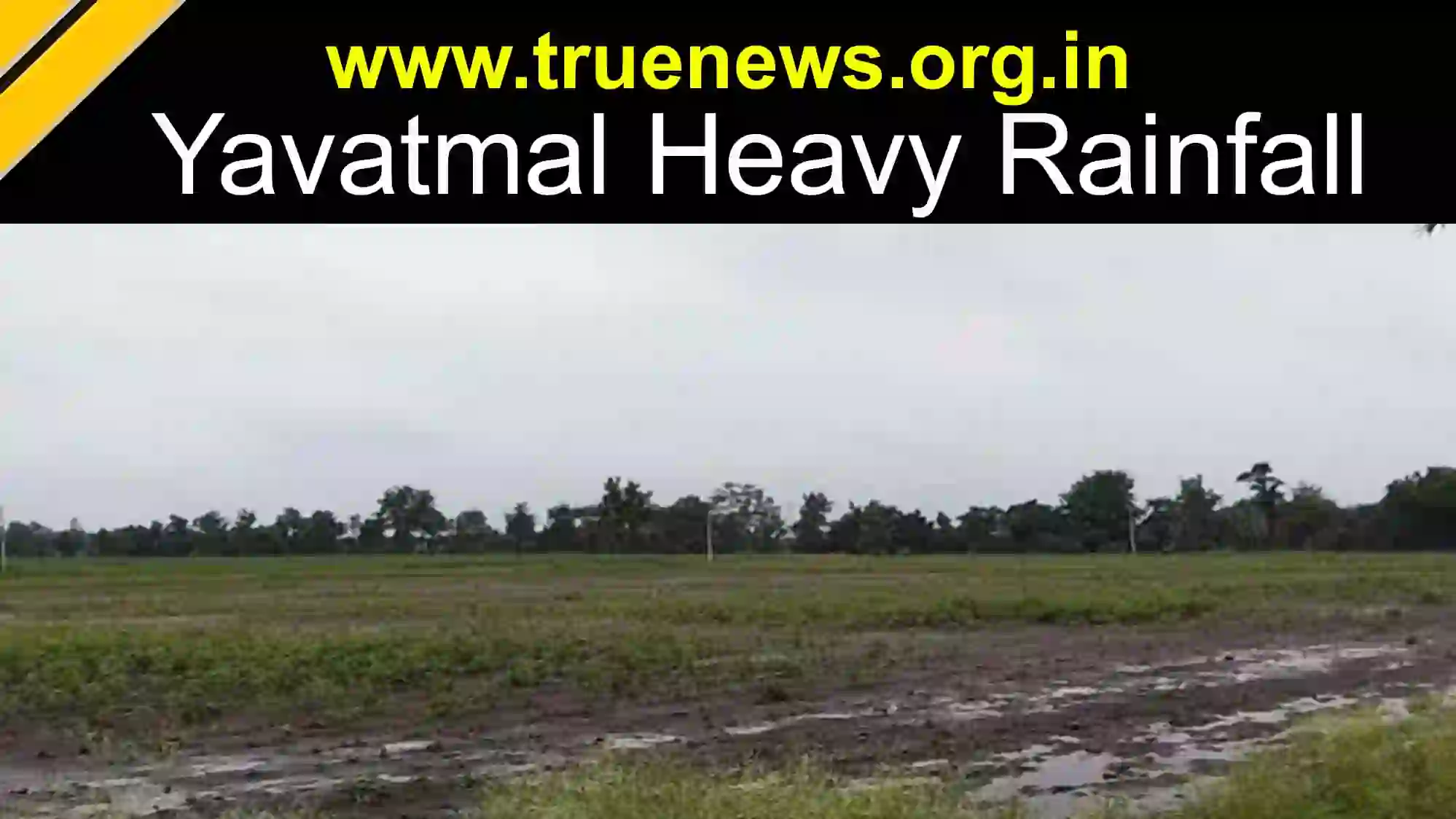The heart of India’s rain-fed farming region just got a major boost: the monsoon has swept across the country about a week ahead of schedule, bringing hope, relief—and a few headaches too.
What’s New
According to the India Meteorological Department, the monsoon typically covers all of India by July 8, but this year it completed coverage by June 26, much earlier than expected reuters.com. In June alone, rainfall came in at 9% above average—thankfully reversing an early-season deficit of 31% reuters.com.
Why It Matters
- 🌾 Farmers across central and northern India can finally begin sowing key summer crops like rice, maize, cotton, soybeans, and sugarcane—ushering in a vital phase of the agricultural calendar.
- 🏙️ Urban dwellers should stay alert: intense early monsoons have caused flash floods and waterlogging in several regions, notably in Gujarat, which saw a record 257 mm rainfall—about 30% of its total seasonal average—within just 20 days reuters.comtimesofindia.indiatimes.com.
- 🚚 Infrastructure pressure is mounting. City planners and rural road networks are being tested already. Good rains are welcome—but sudden deluges can open cracks in unprepared systems.
Voices from the Ground
- Ahmedabad officials reported rare, rapid flooding events after sudden downpours disrupted roads and daily routines timesofindia.indiatimes.com.
- Local farmers describe a sense of relief now that the sowing window is open—though heavy rains early on also risk seed washout and soil erosion.
What’s Next
With peak monsoon expected through July and August, authorities are emphasizing a two-pronged focus:
- Agricultural readiness: Soil moisture is good, but uneven rains require vigilant monitoring.
- Disaster preparedness: Urban drainage systems, flood control, and emergency services must be kept on high alert.
⚠️ Takeaway for Your Readers
India’s early monsoon is a double-edged sword:
- 🔹 Upside: Enhanced moisture availability, earlier crop sowing, improved groundwater recharge.
- 🔺 Downside: Risks of flash floods, infrastructure strain, and unseasonal weather volatility.
Truenews.org.in encourages readers to:
- For farmers: Plant smart—use mulching, trenching, or seed blankets to reduce washout risk.
- For urban people: Stay weather-aware, check local alerts, and steer clear of flood-prone zone








